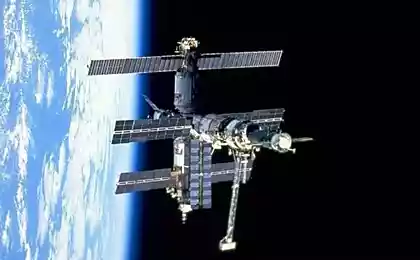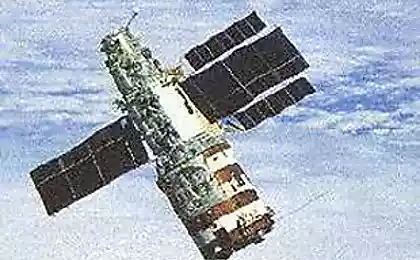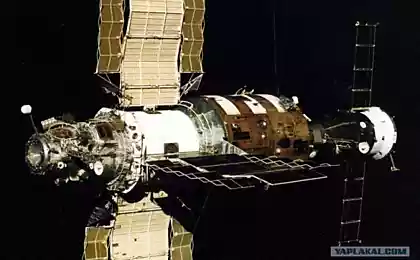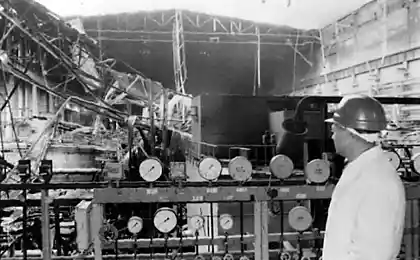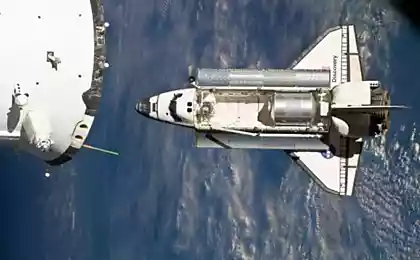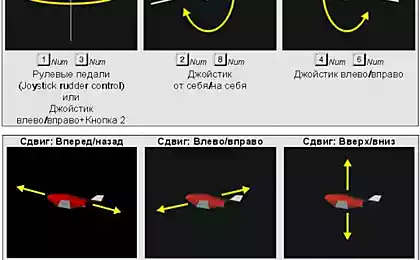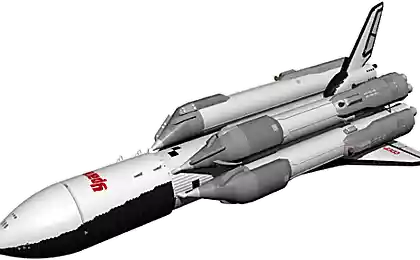926
Interesting facts about the space station Mir

February 20, 1986 was launched the first module of the Mir space station, which has become a symbol for many years of the Soviet and then Russian space exploration. For over ten years, it does not exist, but the memory of it will remain in history. Today we tell about the most remarkable facts and events related to the orbital station "Mir».
The space station Mir - All-Union shock construction
Tradition-union settings fifties and the seventies, during which were built the largest and most important projects of the country continued in the eighties with the creation of orbital station "Mir". However, it has not worked on low-skilled members of the Komsomol, svezennye from different parts of the Soviet Union, and the best productive capacity of the state. Total on this project employed about 280 enterprises operating under the auspices of the 20 ministries and departments.
Draft station "Mir" started to be developed in 1976. It was to be an entirely new man-made space object - a real orbital city where they could live and work for a long time people. Moreover, not only the astronauts from the Eastern bloc countries, but also from Western countries.
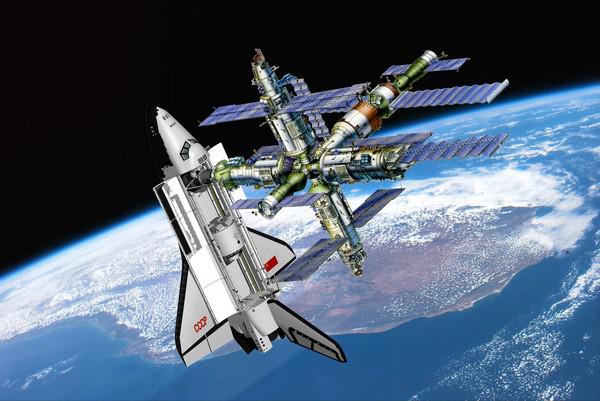
Active work on the construction of the space station began in 1979, but in 1984 were put on hold for the time - all the forces of the space industry of the Soviet Union were to establish the shuttle "Buran". However, the intervention of senior party officials were planning to launch an object to XXVII Congress of the CPSU (February 25 - March 6, 1986) allowed in a short time to complete the work and run the "Mir" into orbit on Feb. 20, 1986.
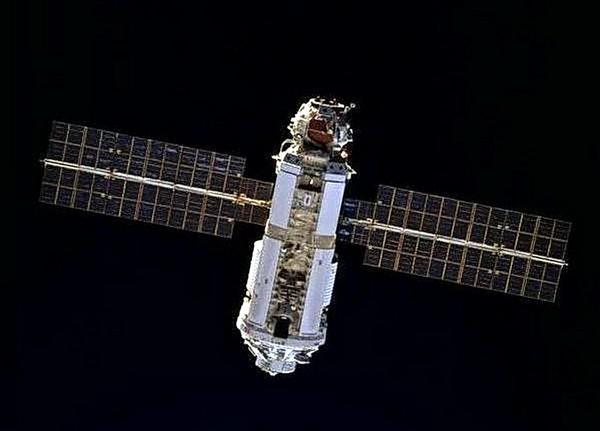
Structure Mir
However, February 20, 1986 in orbit there is not the same station "Mir", which we knew. It was only a base unit, which over time was joined by several other modules, turned the "World" into a huge orbital complex, connecting the residential units, research laboratories and industrial facilities, including the module for the docking of a Russian station US space shuttle "Shuttle ».
In the late nineties the orbital station "Mir" was composed of the following elements: a base unit module "Kvant-1" (scientific), "Quantum-2" (home) "Crystal" (Connecting Technology), "Spectrum" (Researcher ), "Nature" (scientific), as well as docking module for the American shuttles.
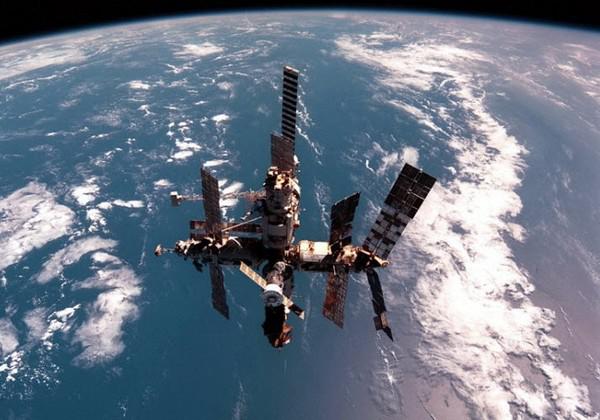
It was planned that the assembly of the station "Mir" will end by 1990. But economic problems in the Soviet Union and then the collapse of the state prevented the implementation of these plans, and as a result the last module was attached only in 1996.
Appointment of the orbital station Mir
The space station "Mir" - is, first and foremost, a research facility, which allows to carry out unique experiments on it are not available in the world. This astrophysical research, and the study of our planet itself, the processes occurring in it, in its atmosphere and near-Earth space.
An important role at the station "Mir" played experiments related to human behavior in conditions of prolonged stay in weightlessness, as well as in confined space ship. There was studied the reaction of the human body and mind for future flights to other planets, and indeed to life in the cosmos, the development of which is impossible without this kind of research.
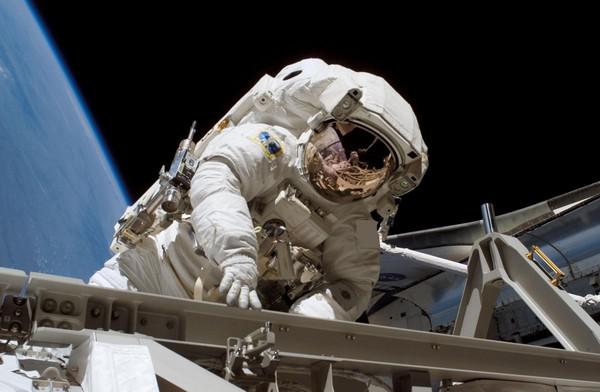
And, of course, the orbital station "Mir" as a symbol of Russia's presence in space, national space programs, and with time, friendship and astronauts from different countries.
World - the first international space station
The possibility of bringing to the orbital station "Mir" from other cosmonauts, including the non-Soviet countries was included in the concept of the project initially. However, these plans are realized only in the nineties, when the Russian space program is in financial difficulties and therefore it was decided to invite to work at the station "Mir" foreign states.
But first foreign cosmonaut got to the station "Mir" much earlier - in July 1987. They became a Syrian Muhammed Faris. Later the facility was visited by representatives of Afghanistan, Bulgaria, France, Germany, Japan, Austria, the UK, Canada and Slovakia. But most of all foreigners on the orbital station "Mir" were from the United States.
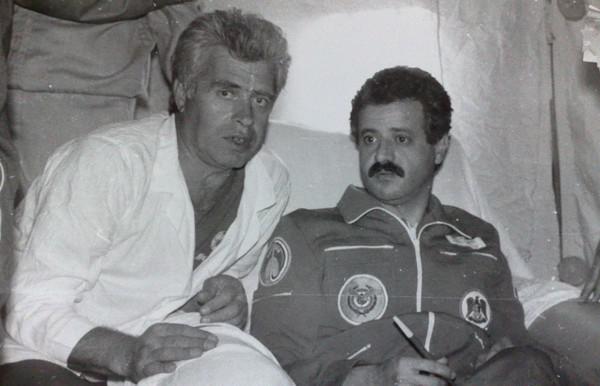
In the early 1990s, the US had its own long-term orbital station, so they decided to join the Russian project "Mir". The first American to be there, was the March 16, 1995 Norman Thagard. It happened in the framework of the program "Mir-Shuttle", but the flight was carried out in the domestic "Soyuz TM-21».
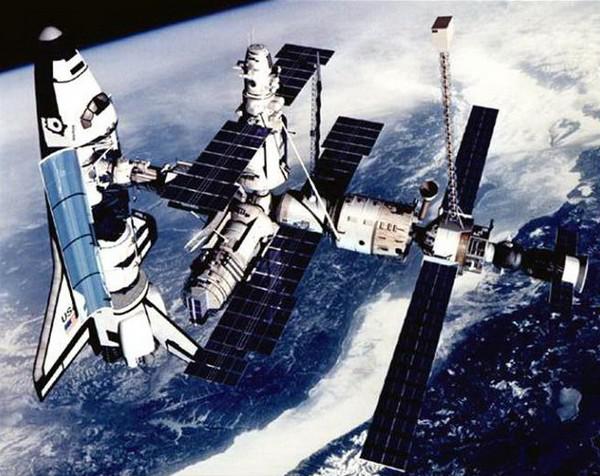
Already in June 1995, the station "Mir" flew just five American astronauts. They got back on the shuttle "Atlantis". Overall, US officials appear on this Russian space object fifty times (34 different astronauts).
Space station Mir records
The space station "Mir" in itself is a record. It was originally planned that it will last five years and will be replaced by an object "Mir-2". But the reduction in funding has led to the fact that its service life stretched for fifteen years. A time of continuous exposure to it is likely in the days of 3642 - September 5, 1989 to August 26, 1999, almost ten years (ISS beat this achievement in 2010).
During this time, the station "Mir" and witnessed the "home" for a variety of cosmic records. There have been carried out more than 23 thousand scientific experiments. Cosmonaut Valery Polyakov, being on its board, held continuously in space 438 days (January 8, 1994 to March 22, 1995), which still is a record achievement in history. And there was set a similar record for women - an American Shannon Lucid in 1996 stayed in space 188 days (already beaten on the ISS).
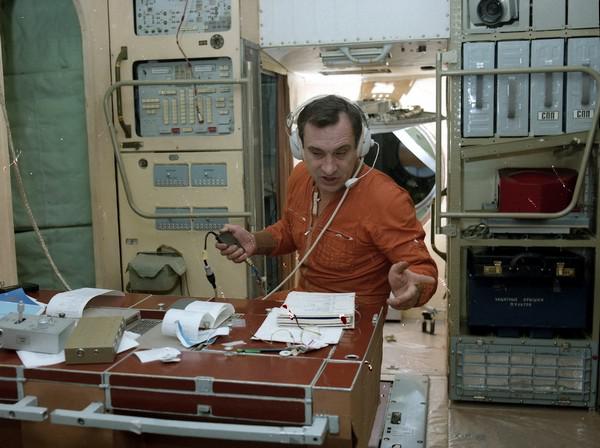
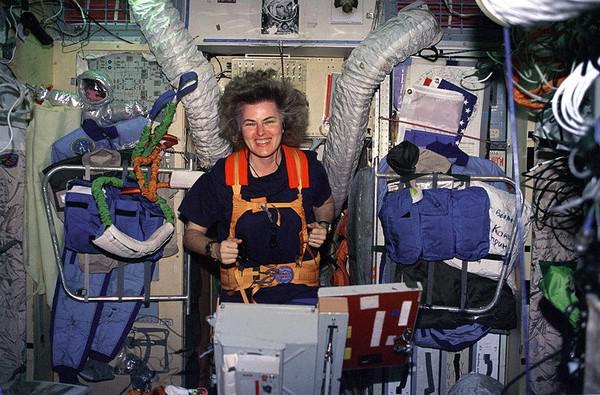
Another unique event that took place on board the space station "Mir" was the January 23, 1993 the first ever art exhibition space. In the framework it was presented two works by Ukrainian artist Igor Podolyaka.
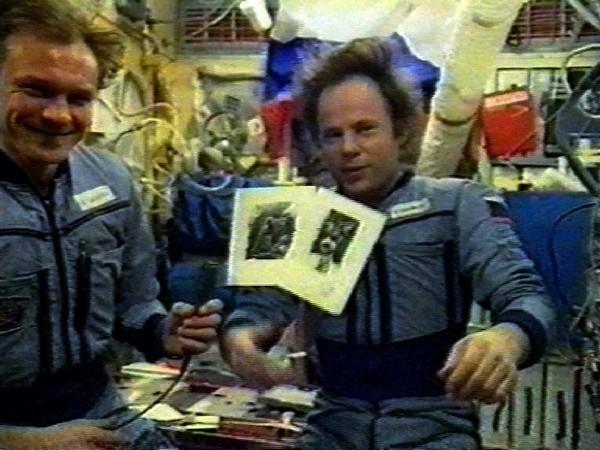
Decommissioning and descent to Earth
Breakdowns and technical problems at the station "Mir" were recorded from the beginning of its commissioning. But in the late nineties it became clear that its further operation will be difficult - the object of morally and technically outdated. All the more so at the beginning of the decade it was decided to build the International Space Station, which was attended and Russia. A November 20, 1998 the Russian Federation launched the first element of the ISS - Module "Zarya».
In January 2001, the final decision on the future flooding of the space station "Mir", despite the fact that there were some possible salvation, including the purchase and Iran. However, on March 23 the "Mir" was sunk in the Pacific Ocean, in a place that is called Spacecraft cemetery - it is sent there to abide end-of-life of the facilities.
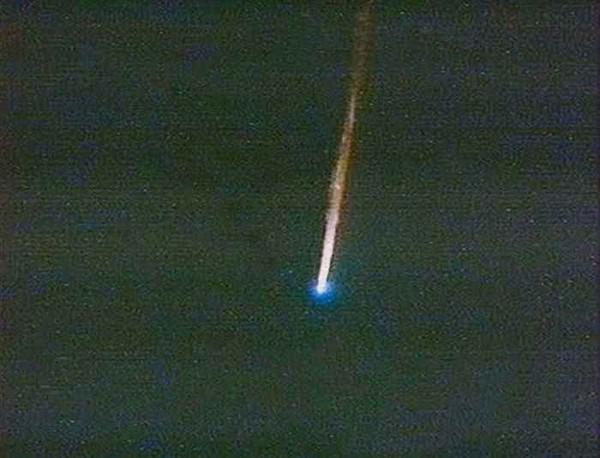
Residents of Australia that day for fear of "surprises" from long ago became problematic station jokingly placed on their land plots sights, hinting that it might fall to the Russian facility. However, the flooding has passed without any unforeseen circumstances - "Peace" went under the water around the area where you would.
The legacy of the orbital station Mir
"Peace" was the first space station, built in a modular fashion, when the base unit is possible to connect a variety of other elements necessary for the execution of certain functions. This gave rise to a new round of space exploration. And even if the future establishment of permanent bases on the planets and satellites, long-term orbital station module will still be the basis for a human presence beyond Earth.
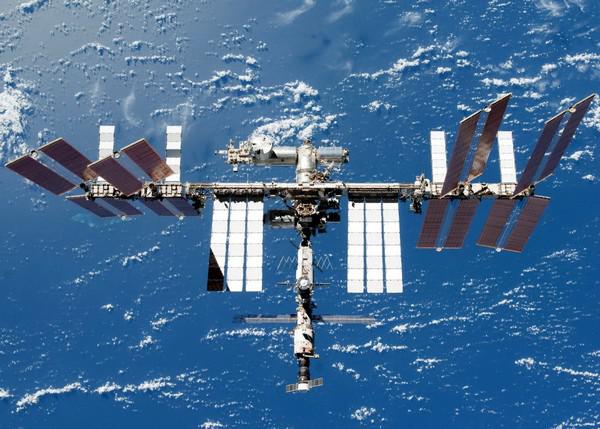
The modular principle, the spent on the orbital station "Mir" is now used on the International Space Station. Currently, it is composed of fourteen members.
©
